Hardwood Floors--Not tongue & groove
eastgate
15 years ago
Related Stories
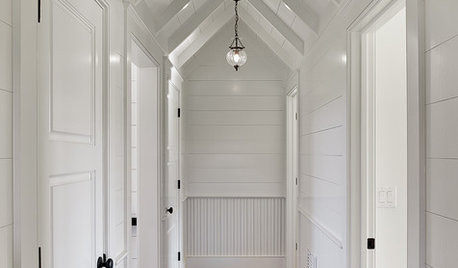
REMODELING GUIDESTongue and Groove Wall Paneling Joins the Comeback Club
Try this smooth architectural move to give your walls a streamlined appearance that conveys quality
Full Story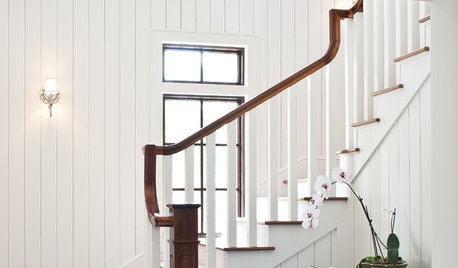
REMODELING GUIDESHeighten a Room With Vertical Tongue and Groove Wall Paneling
Visually increase space while upping architectural interest by giving your walls this texturally rich treatment
Full Story
MATERIALSWhat to Ask Before Choosing a Hardwood Floor
We give you the details on cost, installation, wood varieties and more to help you pick the right hardwood flooring
Full Story
HOUSEKEEPINGHow to Clean Hardwood Floors
Gleaming wood floors are a thing of beauty. Find out how to keep them that way
Full Story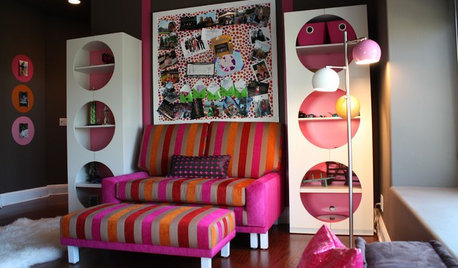
DECORATING GUIDES1970s Style Finds Groove Today
The bright colors and unmistakable patterns of the '70s are swinging back into homes, but with modern flair for today's interior designs
Full Story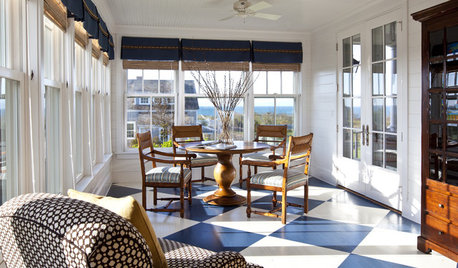
FLOORSHow to Paint Your Hardwood Floors
Know how to apply nail polish? Then you can give your wooden floors a brand-new look
Full Story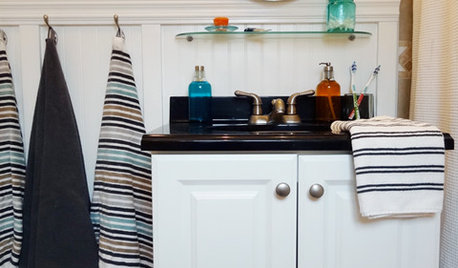
WALL TREATMENTSBeadboard Panels Offer a Shortcut to a Classic Style
Traditional touch: Change up plain bathroom walls with beaded hardwood planks and trim you can install yourself
Full Story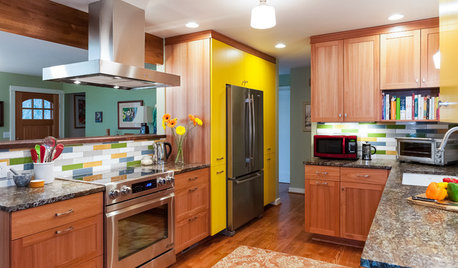
KITCHEN DESIGNThrowback Kitchen Gains Countertop Space, Color and Smart Storage
Pullout pantries, sustainable hardwood cabinets and all-new appliances turned this kitchen into a showpiece for a Portland couple
Full Story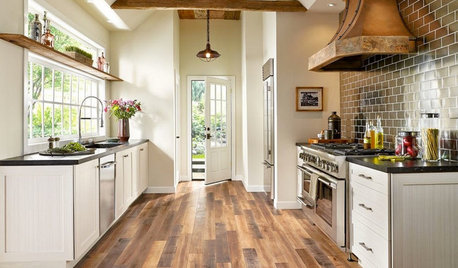
MOST POPULARPros and Cons of 5 Popular Kitchen Flooring Materials
Which kitchen flooring is right for you? An expert gives us the rundown
Full Story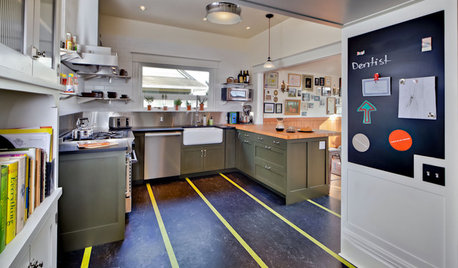
FLOORS8 Inventive Kitchen Floor Treatments
Let these fresh flooring concepts simmer in the back of your head as you plan your kitchen remodel
Full Story








housekeeping
calliope
Related Professionals
East Islip Kitchen & Bathroom Designers · Four Corners Kitchen & Bathroom Designers · Redmond Kitchen & Bathroom Designers · Saint Peters Kitchen & Bathroom Designers · Cocoa Beach Kitchen & Bathroom Remodelers · Jacksonville Kitchen & Bathroom Remodelers · South Park Township Kitchen & Bathroom Remodelers · Vista Kitchen & Bathroom Remodelers · Lawndale Kitchen & Bathroom Remodelers · South Jordan Kitchen & Bathroom Remodelers · American Fork Architects & Building Designers · Dania Beach Architects & Building Designers · Four Corners Architects & Building Designers · Memphis Architects & Building Designers · Morganton Architects & Building DesignerseastgateOriginal Author
antiquesilver
Carol_from_ny
eastgateOriginal Author
calliope
eastgateOriginal Author
calliope
housekeeping
eastgateOriginal Author
antiquesilver
eastgateOriginal Author
antiquesilver
calliope
eastgateOriginal Author
antiquesilver